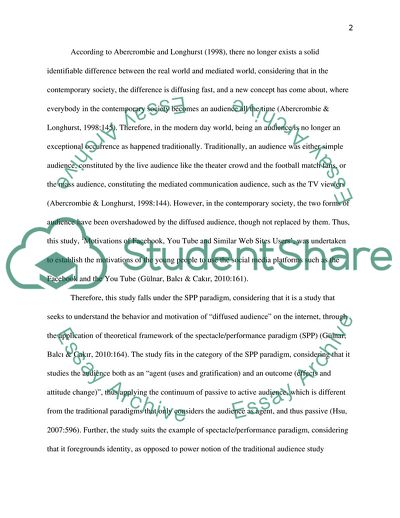Cite this document
(Audiences and Fandom: Spectacle/Performance Paradigm Annotated Bibliography Example | Topics and Well Written Essays - 2000 words, n.d.)
Audiences and Fandom: Spectacle/Performance Paradigm Annotated Bibliography Example | Topics and Well Written Essays - 2000 words. https://studentshare.org/sociology/1811436-audiences-and-fandom
Audiences and Fandom: Spectacle/Performance Paradigm Annotated Bibliography Example | Topics and Well Written Essays - 2000 words. https://studentshare.org/sociology/1811436-audiences-and-fandom
(Audiences and Fandom: Spectacle/Performance Paradigm Annotated Bibliography Example | Topics and Well Written Essays - 2000 Words)
Audiences and Fandom: Spectacle/Performance Paradigm Annotated Bibliography Example | Topics and Well Written Essays - 2000 Words. https://studentshare.org/sociology/1811436-audiences-and-fandom.
Audiences and Fandom: Spectacle/Performance Paradigm Annotated Bibliography Example | Topics and Well Written Essays - 2000 Words. https://studentshare.org/sociology/1811436-audiences-and-fandom.
“Audiences and Fandom: Spectacle/Performance Paradigm Annotated Bibliography Example | Topics and Well Written Essays - 2000 Words”. https://studentshare.org/sociology/1811436-audiences-and-fandom.


